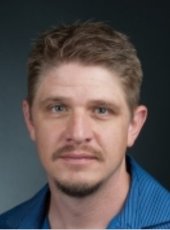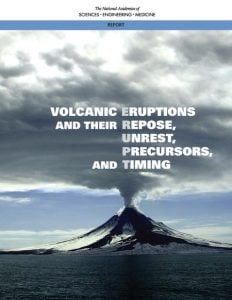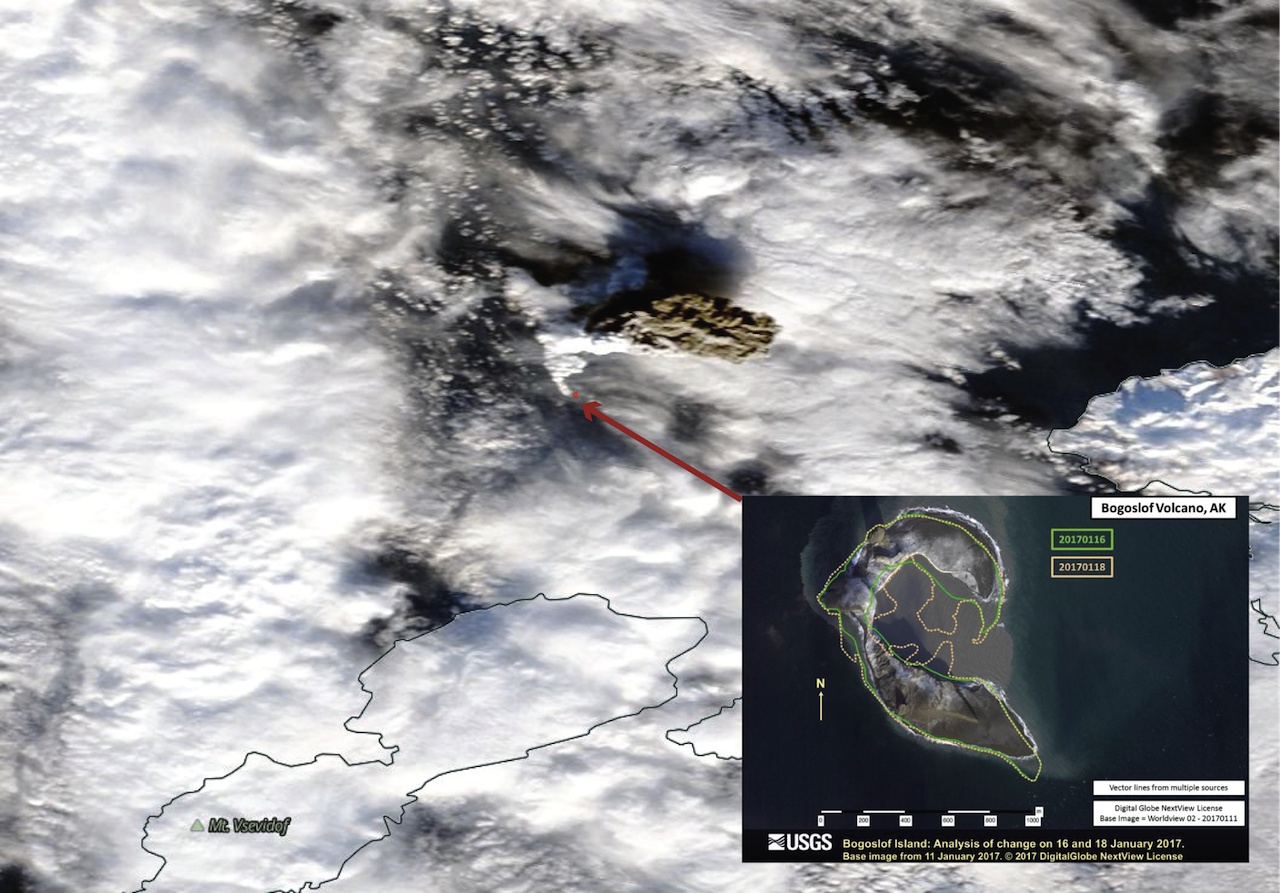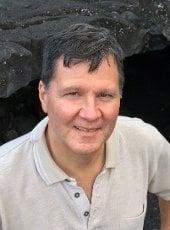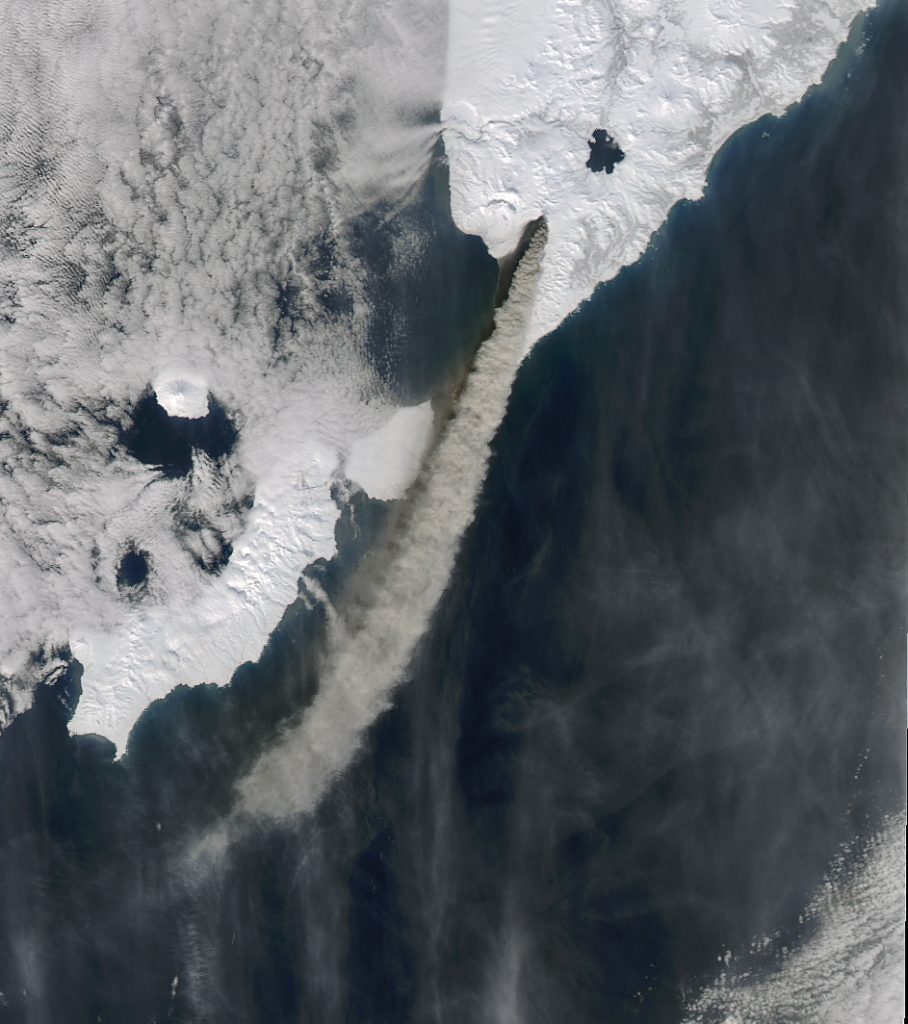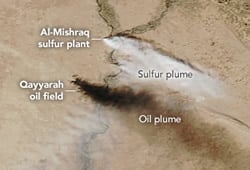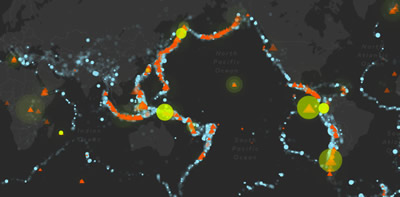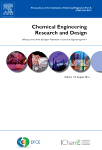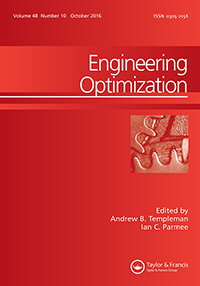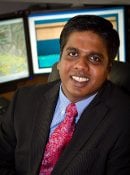An alumna of GMES is one of seventy-five distinguished scientists to receive the distinction from groups representing their disciplines within the American Geophysical Union.
Lauren N. Schaefer, University of Canterbury, is a recipient of the 2017 Natural Hazards Focus Group Award for Graduate Research. Lauren earned her Ph.D. in Geological Engineering from Michigan Tech in 2016 under the advising of Dr. Thomas Oommen.
Congrats, Lauren! We’re all cheering for your continued success.
https://eos.org/agu-news/2017-agu-section-and-focus-group-awardees-and-named-lecturers
